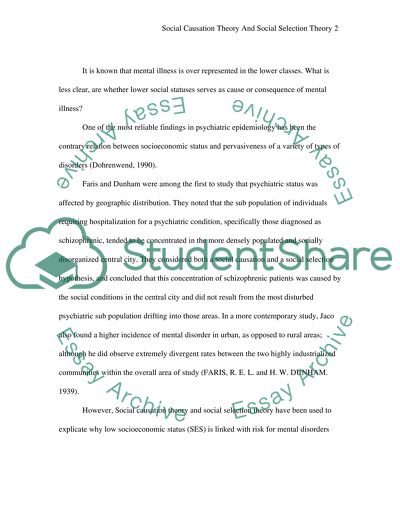Cite this document
(“Social Causation Theory and Social Selection Theory Essay”, n.d.)
Social Causation Theory and Social Selection Theory Essay. Retrieved from https://studentshare.org/sociology/1504932-social-causation-theory-and-social-selection-theory
Social Causation Theory and Social Selection Theory Essay. Retrieved from https://studentshare.org/sociology/1504932-social-causation-theory-and-social-selection-theory
(Social Causation Theory and Social Selection Theory Essay)
Social Causation Theory and Social Selection Theory Essay. https://studentshare.org/sociology/1504932-social-causation-theory-and-social-selection-theory.
Social Causation Theory and Social Selection Theory Essay. https://studentshare.org/sociology/1504932-social-causation-theory-and-social-selection-theory.
“Social Causation Theory and Social Selection Theory Essay”, n.d. https://studentshare.org/sociology/1504932-social-causation-theory-and-social-selection-theory.


